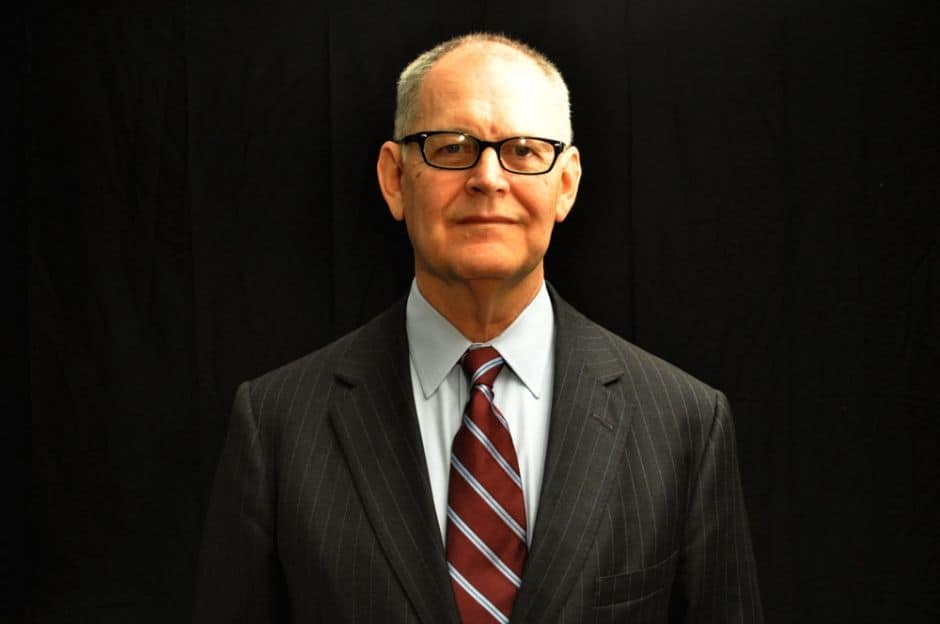Introduction

Headlines based on a study of emergency room visits by a few thousand Oregon Medicaid beneficiaries undoubtedly gave the Obama administration heartburn last week. Although the study predated the Medicaid expansion authorized by the Affordable Care Act — which began in some states on January 1 — many who wrote about the Oregon study jumped to the conclusion that the millions of newly enrolled Medicaid beneficiaries would make greater — not less — use of the ER for routine care.
I may be going out on a limb, but I for one don’t buy the idea that the Oregon study means emergency rooms are going to get even more crowded. And that’s because more Americans will finally have insurance.
Reform advocates have long suggested that getting folks out of the ranks of the uninsured should cut down on visits to the ER for noncritical medical care. Many people who lack coverage don’t have a primary care physician and all too often make trips to the ER when their illness or injury could have been treated more appropriately and inexpensively in a clinic or doctor’s office.
The Oregon study, which was published in the journal Science, would seem to disprove that theory.
In 2008, two years before the ACA was enacted, Oregon increased the number of Medicare beneficiaries in a novel way: by lottery. Many Oregonians who had been on a waiting list for the state’s Medicaid program got lucky when their names were drawn and they were added to the rolls.
The researchers who wrote the Science article studied the emergency room use of about 25,000 of the successful and unsuccessful lottery participants and found that those who won coverage actually made more trips to the ER over 18 months than those whose names were not drawn.
Headline writers were quick to draw their conclusions: Obamacare would not reduce unnecessary ER visits.
“Emergency Visits Seen Increasing with Health Law,” read the headline above the New York Times story last Thursday.
“Obamacare Medicaid Expansion to Worsen Hospital ER Burden,” said Bloomberg.
And Forbes gave us this: “New Oregon Data: Expanding Medicaid Increases Usage of Emergency Rooms, Undermining Central Rational for Obamacare.”
“For years,” wrote Forbes columnist Avik Roy, “it has been the number one talking point of Obamacare supporters. People who are uninsured end up getting costly care from hospitals’ emergency rooms. ‘Those of us with health insurance are also paying a hidden and growing tax for those without it — about $1,000 per year that pays for [the uninsureds’] emergency room and charitable care,’ said President Obama in 2009. Obamacare, the President told us, would solve that problem by covering the uninsured, thereby driving premiums down. A new study, published in the journal Science, definitively reaches the opposite conclusion.”
There is more than a bit of twisted logic in that paragraph. It is true that those of us with insurance pay considerably more for it because those who don’t have it often can’t pay for their ER care. That’s because the hospital shifts the cost of that “uncompensated care” to its insured customers. Researchers have estimated that people with insurance pay $1,000 more a year for it than they would if this cost shifting didn’t have to occur.
Bringing uninsured people into coverage eliminates much of that cost shifting. And that’s a good thing, considering that the vast majority of Americans with health coverage — even after the Medicaid expansion — get it through private insurance companies, either at work or on their own.
The actual increase in the number of visits per person among the newly insured in Oregon via the Medicaid lottery was 0.41. In other words, each new enrollee made 0.41 visits more on average during the 18 months than the 1.02 ER visits made by those who remained uninsured.
When you look at it from the perspective of those numbers, and the actual amount Oregon spent per person, as University of Chicago health policy expert Harold Pollack did in a healthinsurance.org post, this is far from a “sky is falling” disaster in the making. And it s actually reducing the cost shifting.
Also, as Pollack pointed out, “the emergency departments will be reliably paid for care they provide … (With coverage expansion) providers don’t have to fear the burdens or uncompensated care, and…they don’t need to cruelly pursue low-income patients over bad debts.
It’s also important to keep in mind that private insurers now manage most of the states’ Medicaid populations, and they will be vigilant in their efforts to steer their new Medicaid enrollees away from the ERs and to more appropriate and cost-effective settings. WellPoint subsidiary Amerigroup described in a recent policy brief, for example, how its efforts to reduce primary care-treatable ER visits among Medicaid beneficiaries resulted in a savings of more than 50 percent.
Rather than rushing to conclusions, let’s see how the Medicaid expansion under Obamacare actually plays out in the years ahead.
Read more in Health
Wendell Potter commentary
Selective outrage over federal health care costs
Commentary: Republicans feign outrage over Obamacare’s risk fund for insurers, but have nothing to say about waste in Medicare Advantage
Wendell Potter commentary
A challenging two-step: cutting costs and covering the uninsured
Commentary: Massachusetts demonstrates both the perils and promise of health care reform

Join the conversation
Show Comments